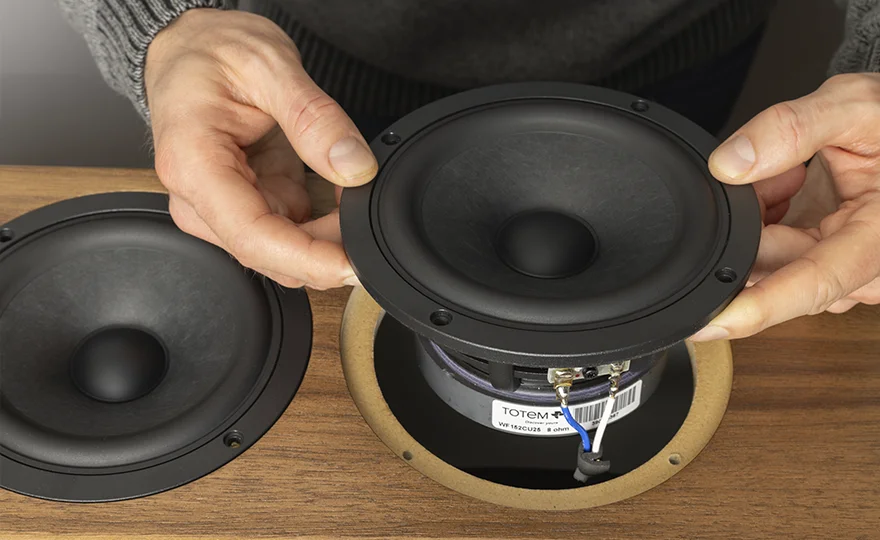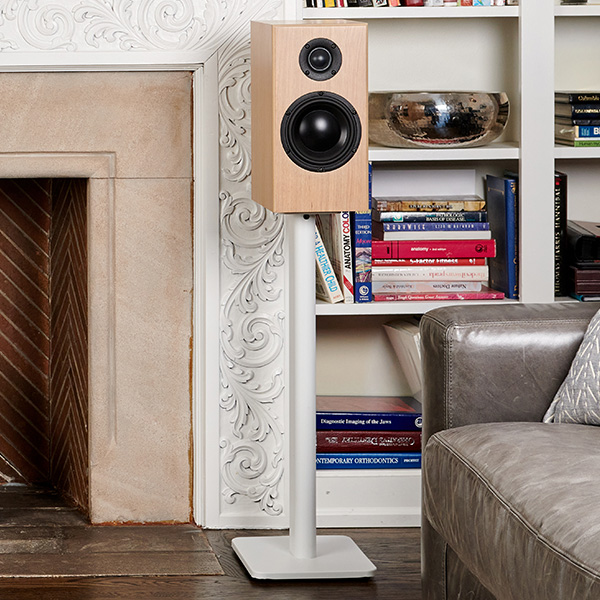
If you’ve ever queued up Pink Floyd’s “Wish You Were Here” or Miles Davis’ “Kind of Blue” on your system and wondered why it doesn’t stir your soul quite like it should, the answer might lie in the speakers you’re using. Whether you’re spinning vinyl or streaming lossless files, the speakers are the final—and arguably most critical—link in your audio chain. But not all speakers are created equal. In fact, there’s a world of difference between speakers crafted by high-end audio manufacturers and those churned out by mass-market giants. Let’s break it down.
High-end speaker manufacturers are obsessed with the details. They obsess over crossover parts, voice coils, magnets, tweeter and driver materials, and cabinet bracing the way an audio engineer obsesses over mixing Steely Dan’s “Aja.” Every component is handpicked not for cost efficiency, but for how it contributes to sonic integrity.
Mass-market manufacturers, on the other hand, typically use off-the-shelf components to maximize profit margins and scalability. This doesn’t necessarily mean the sound is bad, but it often lacks the nuance and transparency that audiophiles crave.
For example, while a large-scale brand might use injection-molded plastic for its enclosures, a high-end speaker maker might opt for internally braced MDF or even layered birch plywood to minimize resonance and coloration.
There’s something romantic about a speaker that’s been hand-assembled by someone who actually listens to it before it leaves the factory. High-end speaker companies often build in smaller batches, allowing for meticulous quality control and a level of craftsmanship that borders on artistry.
Compare that to large-scale production, where automation and speed are key. While this approach lowers costs, it can also result in inconsistent builds, looser tolerances, and more variability from one speaker to the next. When you play something emotionally rich like Norah Jones’ “Come Away With Me,” a hand-crafted speaker lets every breath and subtle phrasing come through just as it was meant to.
Here’s where the rubber meets the road. High-end speakers are engineered to reveal every layer of a track—from the subtle decay of a cymbal hit in Radiohead’s “Everything in Its Right Place” to the room ambience on Leonard Cohen’s “You Want It Darker.” They’re designed to reproduce not just sound, but the feeling behind the sound.
Large-scale speakers are often voiced to sound good in a showroom or via Bluetooth on a phone—but not necessarily in a real-world, dedicated listening environment. Bass can be exaggerated, mids scooped, and highs overly bright to simulate excitement, but this often leads to listening fatigue over time.
High-end speakers focus instead on tonal accuracy, coherence, imaging, and dynamics—qualities that make you forget you’re listening to speakers at all.
Many high-end speaker manufacturers operate more like artisans than corporations. Their goal? To make you feel something. Their designs are often inspired by decades of listening experience, acoustic research, and a deep connection to music itself. They ask: How does this make someone feel when they cue up Led Zeppelin’s “Since I’ve Been Loving You”?
In contrast, mass-market brands often chase trends and data points. They focus on frequency response charts, DSP features, and slick marketing copy. The result can be technically impressive—but emotionally sterile.
High-end speakers are often tuned by ear in real acoustic spaces by seasoned audio engineers and designers who live and breathe music. They listen to how a speaker performs in actual rooms using reference tracks—think Fleetwood Mac’s “Dreams” or Beethoven’s Symphony No. 7. These aren’t just measurements on a screen—they’re emotional benchmarks.
Large-scale companies tend to rely more on lab measurements and EQ compensation to achieve a “balanced” sound. This approach may hit the right notes on paper but can miss the intangible qualities that make music magical.
High-end speakers are built to last. Many owners of boutique speakers are still using models from the ‘90s or even earlier, and they’re still performing beautifully. Replacement parts are often available, and repairs can be done by skilled technicians or even the original manufacturer.
By contrast, large-scale products are often considered disposable once out of warranty. Try getting a replacement tweeter for a speaker sold at a big-box store five years ago—you may be out of luck.
Ultimately, owning a high-end speaker is a bit like owning a musical instrument. It becomes a trusted companion—something you develop a relationship with over time. It makes Daft Punk’s “Get Lucky” funkier, Johnny Cash’s “Hurt” more heartbreaking, and Yosi Horikawa’s “Bubbles” more immersive.
It’s not just about hearing the music. It’s about feeling it.
So, what’s the real difference between a high-end speaker manufacturer and a large-scale one? It’s the difference between listening and experiencing. Between a speaker that plays music and one that brings it to life. Between background sound and sonic immersion.
If this article struck a chord with you, there’s more where that came from. Explore more stories, tips, and deep dives into the world of high-fidelity audio in our News + Reviews section.
Share this article with your friends!
